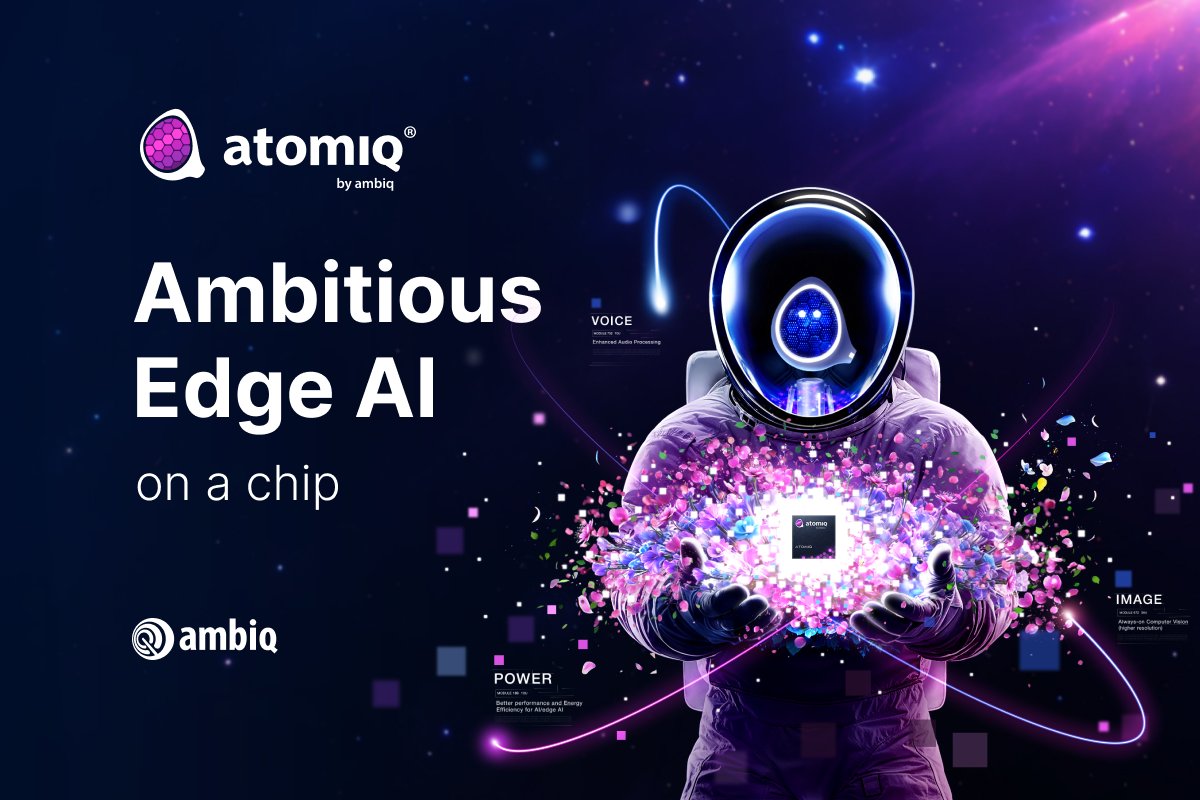Where Is 100% of the World’s Digital Data Going? The Arm Ecosystem
If you take or view a photo, chances are you’ll use Arm technology. About 93 percent of the 1.5 trillion photos captured every year are captured on Arm-based smartphones and tablets, with the remaining 7 percent mostly generated by digital cameras equipped with Arm processors.
Watch a TV program? Nearly 80 percent of streaming video–which accounts for more traffic than any other application on the internet–gets delivered via set-top boxes, smart TVs, smartphones and other devices running Arm-based processors and other Arm technology from our partners.
Phones and tablets–a market propelled by systems-on-chips (SoCs) built with Arm CPUs, GPUs and NPUs (neural processors)–meanwhile account for 71 percent of internet usage, 80 percent of social networking, over 50 percent of gaming revenue, and, with Chromebooks and other Arm-based portables, make up over 80 percent of the personal computing devices shipping today. And if you look at data centers, a growing number of cloud providers and carriers are integrating Arm-based CPUs and DPUs (data processing units) into their operations to achieve gains in price/performance of 40 percent or more for their customers.
In short, Arm processors are almost everywhere. And in a few years—perhaps less than a decade, perhaps we’re already there—we anticipate that 100 percent of the world’s digital data will be generated, stored, transmitted and/or analyzed by Arm-based processors at some point during their lifetime.
Digital technology, in fact, will grow exponentially as people turn to AI, IoT, and 5G to improve health care, expand educational opportunities and in general improve the quality of life. Digital technology will be the fuel of the 21st Century: Arm and its partners will provide the high-performance, highly efficient, and highly specialized processors and other technology needed for this revolution.
A new computing foundation
To make digital technology more pervasive and powerful, however, we also have to continually improve it. That means raising the performance bar for processors beyond what can be accomplished with Moore’s Law and rewriting AI algorithms so they will run on more devices. We also need to lower the cost of devices and digital infrastructure so that the 3.5 billion people who still don’t have regular, consistent access to the internet can begin to tap into its power.
We will also have to keep energy consumption to a minimum. Digital technologies could potentially reduce worldwide emissions by 15 percent by 2030. Some, however, predict datacenters could grow from 2 percent of worldwide electricity to 10 to 15 percent in the same time frame without substantial energy-efficiency advances, effectively nullifying the gains.
Arm and its ecosystem are working on these problems in tandem. Total Compute is a holistic approach to processor design that encourages designers to combine CPUs, GPUs, NPUs and other technologies in creative ways to achieve extend the performance boundaries.
At the other end of the computing spectrum, we are collaborating with companies such as Amazon Web Services, Alibaba, Oracle, Ampere Computing, and Marvell Technology along with national laboratories in the Republic of Korea, the UK, and India to create energy-efficient computing platforms for the cloud, edge, 5G and high-performance computing.
We’re also working more extensively with software developers. Over 54 percent of professional software developers work in mobile and last year, over 230 billion mobile apps were downloaded. By expanding the universe of tools and in general, making it easier to write software for Arm, we believe we can both reduce the often astounding energy and resources required for AI and ML while increasing its accuracy and usefulness. Likewise, you will see the Arm community dedicate even more resources to combating hackers with technologies such as Memory Tagging Extension, Morello, and Realms.
The human-machine balance
While technology advances are critical, trust could be both more important and more elusive to achieve. We need to give consumers and businesses control over technology’s impact in their daily lives. Refrigerators will be able to help reduce power bills by organizing their cycles around a family’s daily habits, but only if they don’t feel they are being spied on by their appliances: performing the necessary calculations and data management on embedded, hardware-secure enclaves could be one way to balance the competing interests at play. In the cloud, applications will dynamically transfer datacenters to reduce a customer’s carbon footprint without them having to ask.
Are we 100 percent there? No, but give us time.
Interested in working with Arm?
If you want to know about how to work with Arm, you can find out more with this interactive overview of the company, its technologies and solutions and its ecosystem.
Any re-use permitted for informational and non-commercial or personal use only.












